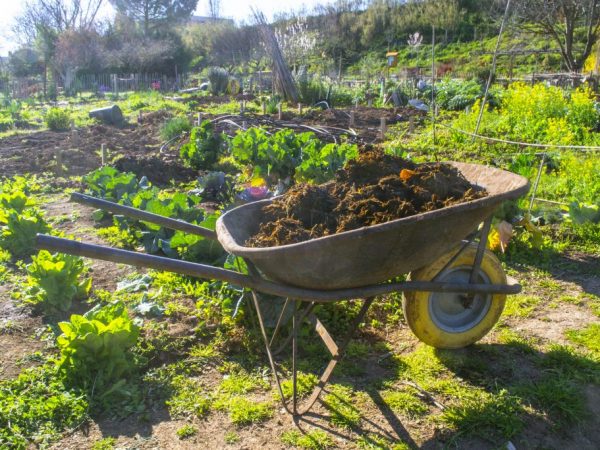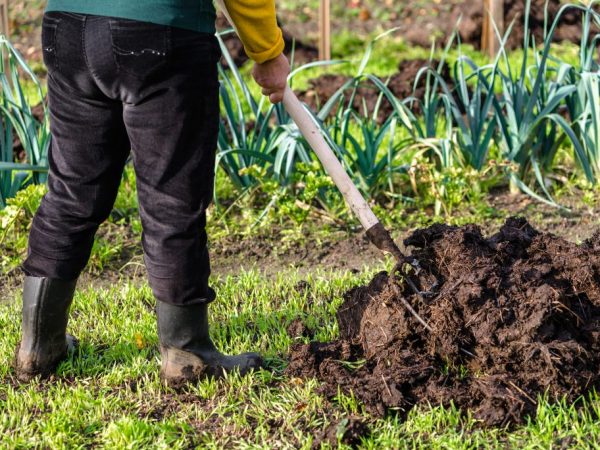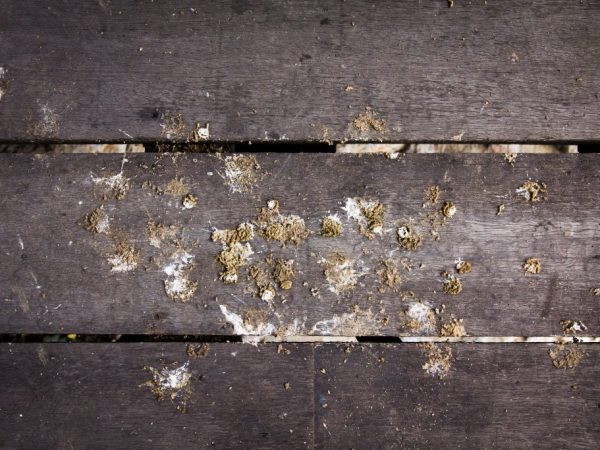Rules for feeding carrots
Large root crops are obtained only with proper outdoor care, and fertilization plays an important role in this process. You can feed carrots not only with ready-made mineral complexes, but also with self-prepared fertilizers.

Rules for feeding carrots
Signs of mineral deficiency
It is necessary to apply mineral fertilizers for carrots in the following cases:
- stunting;
- small and thin root crops;
- small leaves on the tops, which eventually turn brown and die off;
- red or pale tops.
Time to add minerals
Top dressing is done many times. Fertilizers should be applied:
- in early autumn for digging a garden;
- in the spring during the period of fruit formation;
- in the summer during the period of active growth of root crops.
The most important is the first feeding of the plants. It is produced by complex substances, less often by organic compounds. Plants are fertilized in two ways: under the root and by spraying.
There are no clear dates for the introduction of minerals. They are guided by the external signs of plants and the latter's need for nutrition. It also plays a role when the seeds are planted: winter sowing needs much less minerals than root crops sown in spring.
Chemicals and their doses
The best means for feeding carrots are complex preparations, which include:
- phosphorus;
- potassium;
- magnesium;
- nitrogen.
Urea, superphosphate and potassium salt are used, which allow you to get a crop if sowing is not timely. The root vegetable also loves natural remedies - Fitosporin and Cyclovit. Fertilizers for carrots are dissolved in water and the aisles are spilled.
When the soil is enriched with urea, 10 g of fertilizer is added to 10 liters of water. Complexes with potassium are added as root feed.
For the first feeding, a complex is used, consisting of:
- water - 10 l;
- ammonium nitrate - 25 g;
- superphosphate - 30 g;
- potassium salt - 30 g.
You need to make this tool before the main watering. Consumption rate of substances: 1 l / m². The same composition is introduced after 20 days. At the third application (40-45 days after the first), ammonium nitrate is excluded from the composition.
Folk remedies

Affordable fertilizer
Folk remedies for feeding:
- cow dung;
- bird droppings;
- wood ash;
- peat;
- sawdust;
- potassium permanganate.
All of the above fertilizers are applied to the soil in rows, while for foliar enrichment, which enhances growth, succinic and boric acids are used. Planting is sprayed with ammonia diluted in water.
At home, they prepare fertilizers for young carrots from grass with yeast, which accelerates the fermentation of the natural component. This composition is suitable for feeding not only carrots, but also beets.
The fermented slurry in terms of nutritional value is on the same level as mullein, and in terms of bioavailability it exceeds the baseline indicators of humus. The composition is equated to pure humate.
Cow dung
Cow dung is the most popular folk remedy for the first feeding of vegetables and root crops, because it contains a large amount of nitrogen, which promotes the growth of the ground part of vegetables, as well as the correct formation of root crops of potatoes, beets and turnips.
The waste product of animals is used fresh, but it is not laid on the beds, but a nutrient mixture is prepared. To do this, mix and insist for 10 days:
- 10 kg mullein;
- 20 liters of cold water.
The resulting mass is stirred with a wooden stick before use, and then used in a concentration of 1 liter of strong infusion per 10 liters of water. The tool is used for the first feeding of carrots and for processing the aisles of the beds.
After fertilization, ensure good watering. The soil is enriched only after the appearance of 4 leaves.
Bird droppings
The recommended doses of chicken manure as fertilizer for carrots are as follows:
- 15 kg per 10 m² when preparing the beds;
- 1 liter of 10% infusion for 10 liters of clean water for irrigation after entry and 60 days before harvest.
Pure manure can not be used either for introduction during the preparation of the beds, or during cultivation. Preference is given to a fertilizer soluble in water, because the substance is burning and the crops will burn out from it.

Gently fertilize with droppings
Wood ash
The introduction of wood ash allows you to enrich the soil with potassium. It is used in the fall when preparing the beds, as well as in the spring. The substance is added in dry form, sprinkling the aisles with it and dissolving in water.
Soil fertilization with wood ash:
- for digging before planting - 15 kg per 100 m²;
- in spring after germination - 200 g per 1 m²;
- root - 3 tbsp. l. for 10 liters of water.
Fertilizing carrots with wood ash is especially required where the soil is acidic. The addition of this mineral guarantees the production of sweet root vegetables. It has a beneficial effect on beets.
Potassium permanganate
Growing root crops will not work without potash fertilizers. When using folk methods, potassium permanganate is used to enrich the soil.
The agent is applied during the first watering of the plants. Before sowing, the soil is treated in advance with water, with crystals dissolved in it. The substance also has disinfectant properties.
Ammonia or ammonia
Root crops are also fed with ammonia or its 10% solution, called ammonia.
- for foliar feeding - 2 tbsp. l. for 10 liters of water;
- for entering the aisles - 6 tbsp. l. for the same volume of liquid.
This drug is used, like all other nitrogen-containing products, only in the first half of the growing season. Otherwise, the trace element will provoke a set of green mass to the detriment of the formation of root crops.
The introduction of nitrogen agents during the formation of a vegetable is allowed only when the plant lacks this substance, a sign of which is the wilting of the crown.
Conclusion
Growing carrots is a laborious process. They feed it with both ready-made chemical fertilizers and organic or biological products. Most of the fertilizers are applied to the soil. Foliar nutrition is less common.
Enrichment of plants with folk complexes and organic matter allows you to achieve a good harvest, but often this is not enough. And then the introduction of chemicals is necessary.


